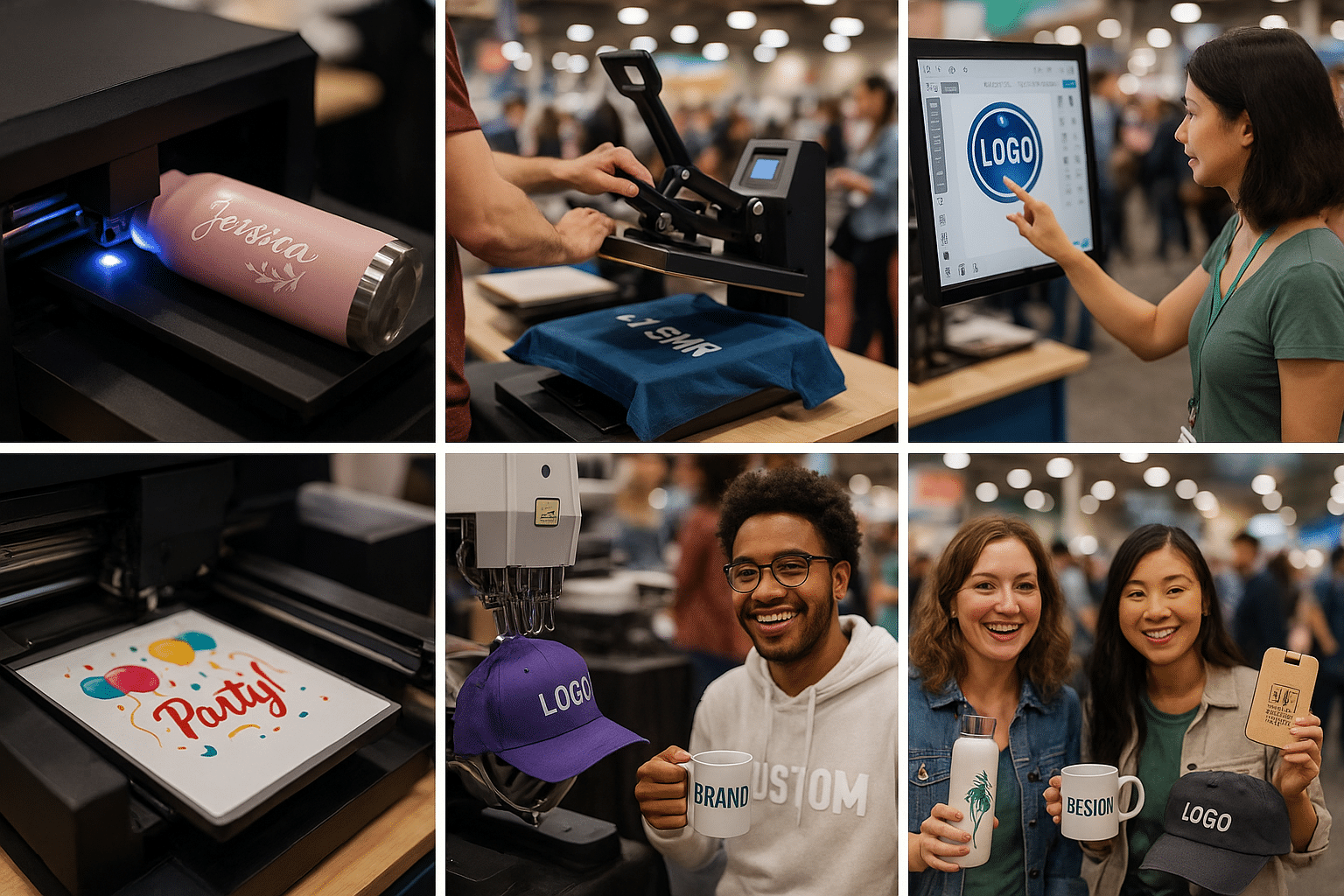Ultimate Event Planning Guide: Tips, Trends, and Inspiring Stories
Ultimate Event Planning Guide: Tips, Trends, and Inspiring Stories

Planning an event can be overwhelming, but with the right tips and tools, it can also be an exciting journey. This guide explores essential event planning techniques, interactive trends, DIY inspirations, and marketing strategies to ensure your event’s success. Dive into diverse items and tools that can elevate any gathering, making it memorable for all attendees.
Mastering the Art of Event Planning
The key to successful event planning lies in mastering its fundamental aspects, including budgeting, scheduling, and venue selection. Each event is unique, and understanding its core purpose and the demographics of its target audience is crucial. Tailoring the experience ensures that attendees feel included and engaged, ultimately leading to a memorable event that resonates long after its conclusion.
Budgeting is typically the cornerstone of event planning. Establishing a clear budget from the outset helps to direct choices regarding location, vendors, and decor. Break down the costs into different categories: venue fees, catering, entertainment, marketing, and miscellaneous expenses. Consider setting aside a contingency fund—generally 10-20% of your budget—to handle unexpected costs. This approach not only helps to avoid financial strain but also keeps the planning process focused and organized.
When mapping out a timeline, it’s important to establish milestones and deadlines. Start by working backwards from the event date to determine when each task must be completed. A detailed scheduling plan will ensure a smooth progression toward the event day. Include time for contract reviews, vendor confirmations, and final confirmations. This will leave enough room to tackle any last-minute adjustments. A handy tip is to utilize digital tools that help with project management and communication among team members to keep everyone on the same page.
Venue selection is another pivotal aspect of successful event planning. Choose a location that aligns with the event’s theme, capacity needs, and target audience preferences. For larger events, consider accessibility and proximity to transportation options, hotels, and parking facilities. The ambiance of the venue should reflect the desired atmosphere. Whether it’s a chic urban space or a rustic outdoor setup, the venue itself can set the tone for the entire event. Don’t forget that many attendees also want to share their experiences on social media. Consider locations with visually appealing backdrops that encourage attendees to post and share their experiences online.
A critical component when planning an event is strategic marketing and branding. Create a brand identity that encapsulates the event’s purpose and appeals to the target audience. This can include everything from designing an eye-catching logo and choosing a signature color scheme to crafting an engaging messaging strategy. Utilize various platforms such as social media, email newsletters, and even local community boards to spread the word. Develop a compelling content plan that schedules regular posts leading up to the event, showcasing what attendees can expect in terms of experiences and unique features, such as interactive games or photo booths.
Photo booths, specifically, are a fantastic way to enhance engagement and provide entertainment at your event. As a fun addition, they offer attendees a chance to capture memorable moments while also serving as a promotional tool. By incorporating branded photo booth prints, you can ensure that your event branding follows attendees long after they’ve left. When considering hiring a photo booth, it is essential to research options and assess associated costs, which can vary depending on the features offered. For instance, basic photo booth rentals often include standard props and backdrops, while upgraded options may provide green screen technology, GIF creation capabilities, or even animated video booths.
Having a grasp on the demographics attending your event can directly influence the decisions in both planning and marketing. Younger audiences may gravitate towards trendy elements, including modern photo booths. Conversely, more formal events may benefit from vintage-styled booths with elegant props that align well with the overall theme. Tools like surveys or social media polls can help gather insights about attendees’ preferences before the event, allowing planners to tailor offerings that meet expectations.
Maintaining strong vendor relationships is essential for the smooth execution of events. Establishing a rapport with vendors can lead to better service and flexibility when changes arise. Routine communication is vital. Keep vendors informed about event developments to align their services with your timelines. Employing a vendor management system can help manage contracts, payments, and communication—creating coherence throughout the planning process.
Tracking event success extends beyond counting smiles and capturing memories. After the event concludes, use metrics to analyze various aspects, including attendance rates, audience engagement, and post-event feedback. Employ tools for collecting survey data digitally or even through social media to gauge how well your goals aligned with actual experiences. Understanding what worked well will guide adjustments for future events.
Moreover, gathering testimonials and success stories from event participants fosters a sense of community while providing content for future marketing materials. Sharing these insights helps build a narrative around your brand and enhances credibility for upcoming events.
Incorporating innovative DIY inspirations into your planning can set your event apart. Think about including personalized items like thermal bottles, caps, and luggage tags for guests. These items not only serve as useful giveaways but can also be customized to reflect the event’s branding. The appeal of DIY ideas lies in their ability to engage attendees in the process, which can be facilitated by interactive stations during the event.
Ultimately, blending traditional planning with unique interactive trends creates an unforgettable experience. Ensure that your events resonate with your target audience while effectively leveraging your budget and strategic marketing efforts. As the event unfolds, embrace the excitement, adapt as necessary, and relish the collaborative spirit that brings your vision to life. Through careful planning and a willingness to innovate, your next event can leave an indelible mark on every attendee’s memory.
Conclusions
In conclusion, successful event planning is a blend of creativity, strategic marketing, and attention to detail. By embracing interactive trends and leveraging inspiring DIY solutions, you can create engaging experiences that resonate with your audience. Remember, every great event begins with a solid plan backed by thoughtful execution and continuous improvement.




